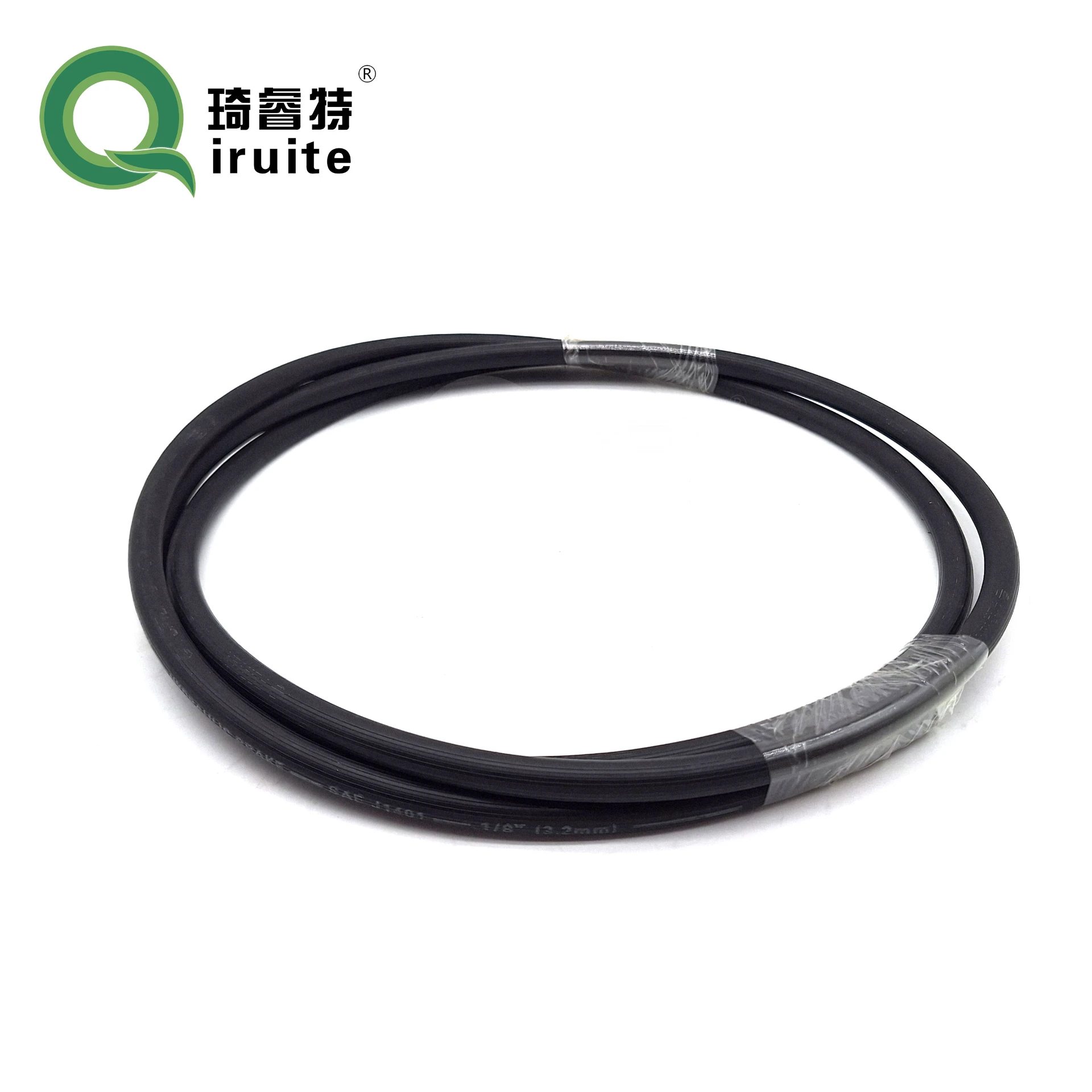power steering tube repair
Power Steering Tube Repair A Comprehensive Guide
Power steering is an essential part of modern vehicles, making it easier to steer and maneuver, especially at lower speeds. However, like all mechanical components, the power steering system can experience issues over time. One of the critical components in this system is the power steering tube. This article explores the importance of the power steering tube, common issues that arise, and how to perform essential repairs.
Understanding the Power Steering System
Before diving into the specifics of the power steering tube, it’s important to understand how the power steering system functions. The system uses hydraulic fluid to assist in turning the vehicle's steering wheel. The power steering pump generates hydraulic pressure, which is transferred through various components, including the power steering tube.
The power steering tube connects the pump to the steering gear or rack. It helps transport the hydraulic fluid that provides the necessary force to turn the wheels with minimal effort from the driver.
Common Issues with Power Steering Tubes
Power steering tubes can encounter several problems
1. Leaks One of the most common issues is fluid leakage. If the tube becomes cracked or damaged, it can lead to a loss of hydraulic fluid, resulting in decreased steering assist and potential damage to the power steering pump.
2. Corrosion Metal tubes are susceptible to corrosion, particularly in harsh weather conditions or if the vehicle is frequently exposed to road salt. Rust can weaken the tube and lead to leaks.
3. Clogs Over time, debris can accumulate in the power steering fluid, potentially causing blockages in the power steering tube. This can restrict fluid flow and impair the system's functionality.
4. Bends and Cracks Physical damage from accidents or road debris can cause bends or cracks in the tube, affecting its integrity and performance.
Symptoms of a Failing Power Steering Tube
When the power steering tube begins to fail, several warning signs may indicate a need for repair
- Difficulty Steering If you notice it becoming increasingly hard to steer your vehicle, especially at low speeds, it might be a sign of low hydraulic fluid due to a leak in the power steering tube.
- Fluid Puddles Spotting oil-like puddles under your vehicle may indicate a leak in the power steering system
.- Unusual Noises Hearing whining or groaning noises when turning the steering wheel can signal low fluid levels or a failing pump associated with a compromised power steering tube.
power steering tube repair

- Warning Lights Some vehicles may display warning lights on the dashboard, indicating a problem with the power steering system.
DIY Power Steering Tube Repair
If you're experiencing issues with your power steering tube, you may consider a DIY repair. Here’s a step-by-step guide
Tools and Materials Needed
- Socket set - Pliers - Power steering fluid - Replacement tube (if necessary) - Funnel - Clean rags
Steps for Repair
1. Safety First Ensure that the vehicle is parked on a level surface. Engage the parking brake and disconnect the battery to prevent any electrical issues.
2. Locate the Power Steering Tube Refer to your vehicle's manual to identify the power steering tube’s location. It’s typically near the power steering pump and steering rack.
3. Inspect for Damage Examine the tube for visible signs of damage such as cracks or bends. If the tube appears corroded or extensively damaged, consider replacing it.
4. Repair Leaks If there’s a small leak, you may be able to seal it with a specialized automotive adhesive. Clean the area around the leak thoroughly before applying.
5. Reassemble If you've removed any components for better access, make sure to reinstall them correctly. Tighten all bolts to manufacturer specifications.
6. Refill and Test Use a funnel to refill the power steering fluid reservoir. Start the engine and turn the steering wheel from lock to lock to bleed any air from the system. Check for leaks.
7. Final Check After exercising the steering, inspect the area around the power steering tube for any signs of leaking fluid. Monitor the vehicle's performance during your next few drives.
Conclusion
Repairing a power steering tube is a critical task that can enhance the overall performance of your vehicle's steering system. By understanding the mechanics behind the power steering system and recognizing the signs of a failing power steering tube, you can keep your vehicle safe and enjoyable to drive. However, if the damage is extensive or if you feel uncomfortable performing the repairs yourself, it’s always advisable to seek professional assistance. After all, safe driving is the priority.
-
Ultimate Spiral Protection for Hoses & CablesNewsJun.26,2025
-
The Ultimate Quick-Connect Solutions for Every NeedNewsJun.26,2025
-
SAE J1401 Brake Hose: Reliable Choice for Safe BrakingNewsJun.26,2025
-
Reliable J2064 A/C Hoses for Real-World Cooling NeedsNewsJun.26,2025
-
Heavy-Duty Sewer Jetting Hoses Built to LastNewsJun.26,2025
-
Fix Power Steering Tube Leaks Fast – Durable & Affordable SolutionNewsJun.26,2025

